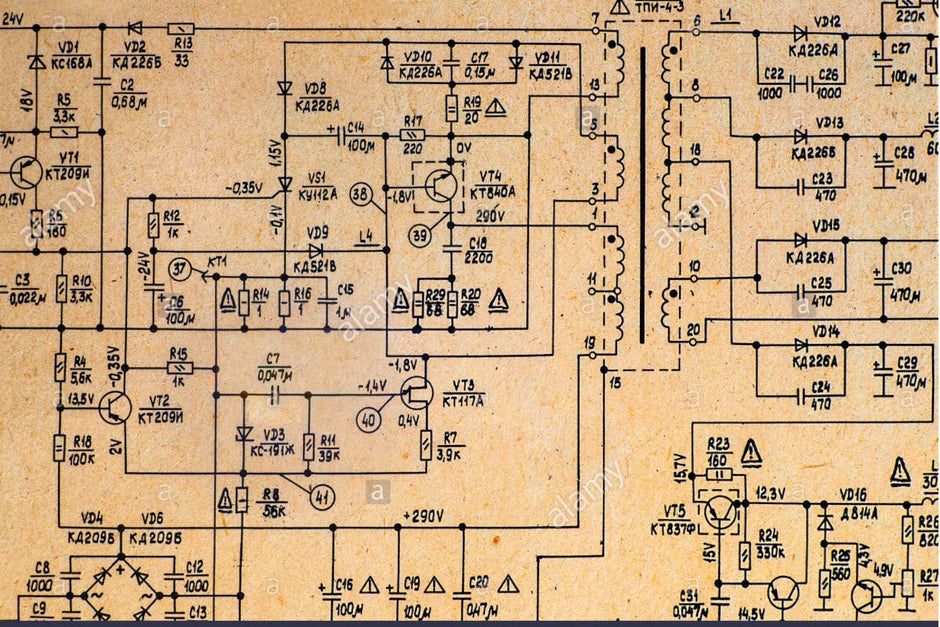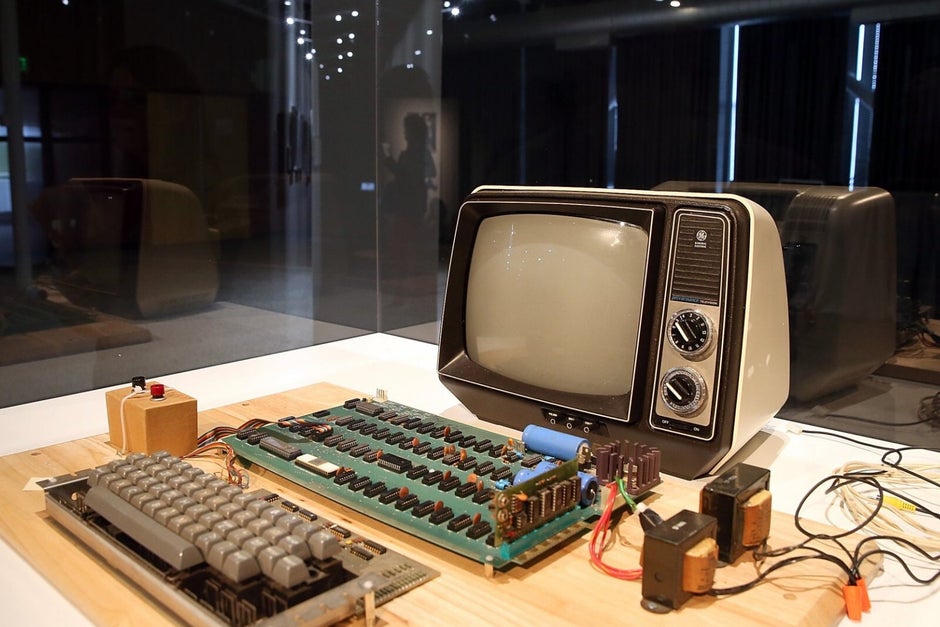Apple co-founder Steve Wozniak releases video in support of right-to-repair
Steve Wozniak, the tech mastermind who worked alongside Steve Jobs to build one of the wealthiest brands in the world, has finally spoken out loud and clear about the right-to-repair movement concerning Apple.
In a response to a Cameo video request submitted by Louis Rossmann (a known leader in the right-to-repair movement), Wozniak expressed his full support for the cause, speaking candidly against the power-driven monopolistic mindset that is keeping Apple from allowing repair technicians to tinker with its hardware.
“We wouldn’t have had an Apple had I not grown up in a very open-technology world,” shares Wozniak. At only ten years old, he was already the owner of a ham radio license, and was building his own radios from the ground up.

Wozniak studied the free schematics that came with TVs to learn the circuits and inner workings of technology
Back then, when you bought electronic things like TV’s and radios, every bit of the circuits and designs were included on paper—total open source. Someone with skill could get in and modify things to fix broken radios or televisions, or to improve them, or to even replace destroyed parts.
If a TV or a radio stopped working, Wozniak says, even the average person knew that it was likely one of their internal vacuum tubes gone bad (which were there in place of chips at the time). You could go to your local electronics store—or even the grocery store!—where you could easily test and exchange the faulty tube.
Through experimenting with all the open-source technology available to him, Wozniak essentially trained himself as an engineer, and was eventually able to create his own input-output teletype when building Apple’s first Macbook. A professional teletype cost as much as two cars at the time, Wozniak says—something he could never have afforded even after he’d taught himself to design computers.

The first Apple computer, product of Wozniak’s ingenuity and the offerings of open-source technology
However, his past tinkering with electronics helped him fabricate his own homemade output system, ingeniously rewiring his own TV (which was accompanied by an open-source schematic) as the signal output of what became the Apple I, Apple’s very first consumer product.
Its successor, the Apple II, was the complete opposite of Apple today.
The Apple II shipped with full schematics, designs, and software [code listings]—totally open source. The Apple II was modifiable and extendable to the maximum; people figured out how to convert the early display into having lower-case characters […] with their own hardware added. This product was the only source of profits for Apple for the first 10 years of the company. This was not a minor product, and it was not that successful on pure luck. There were a lot of good things about that being so open that everyone could join the party.
Wozniak also spoke out about the absolute monopoly which phone company “Ma Bell” had held over North America for years back in his day, massively hindering progress in phone technology in its thirst for power—until it took an anti-trust lawsuit to allow creativity and innovation to flood the telephone market once more, leading to greater freedom and choice.
“Sometimes, when companies co-operate together with others, they can actually have better business than if they’re totally protective and monopolistic and not working with others […] How was Apple hurt by the openness of the Apple II, I wonder?”
If you know what you’re doing […], you could repair a lot of things at low cost—but it’s even more precious to know that you did it yourself […] So why stop them? Why stop the self-repair community?
Wozniak ends his Cameo with a final appeal to the very spirit of excitement and joy in innovation, initially made possible by open-source technology. It was this that had stoked the fire in him as a young boy, and it should still continue to inspire the next generation of technicians and engineers, Wozniak implores.
Is it your computer? or is it some company’s computer? Think about that. It’s time to start doing the right things. —Wozniak
For all the latest Technology News Click Here
For the latest news and updates, follow us on Google News.
